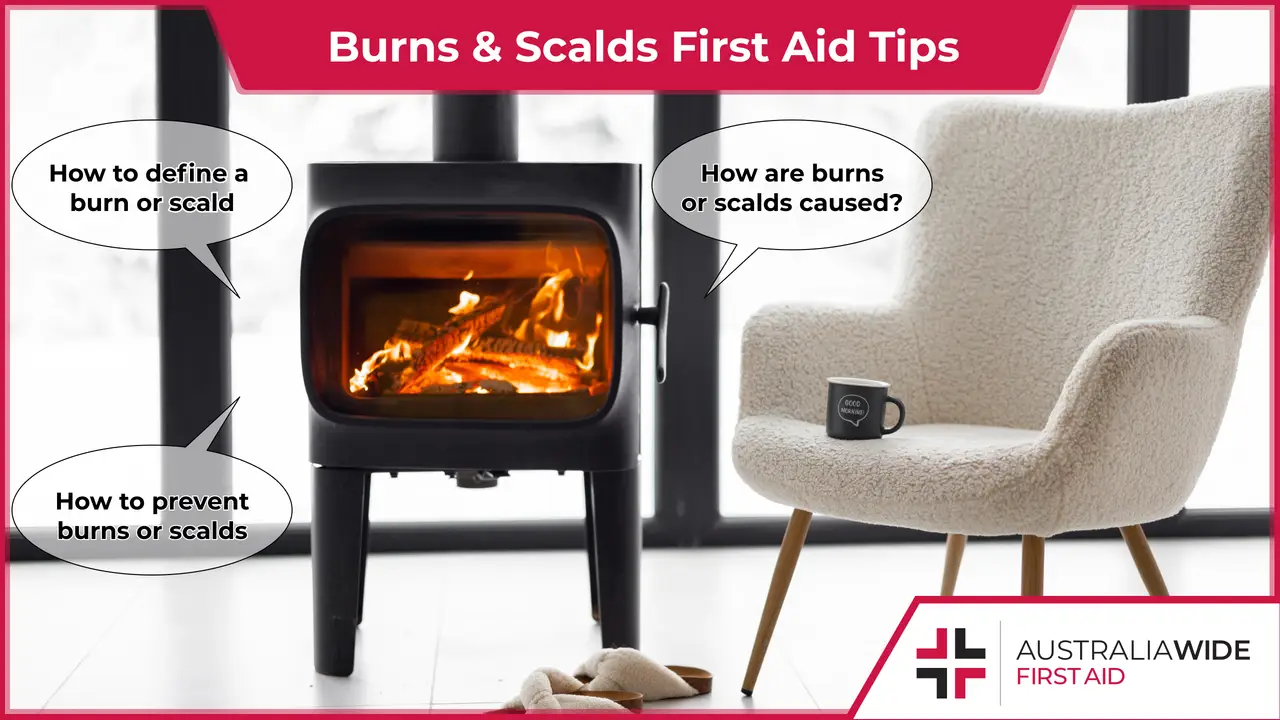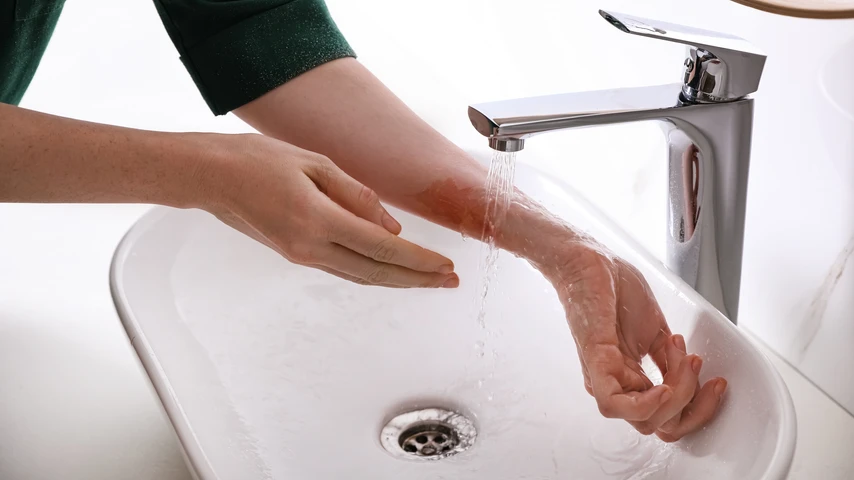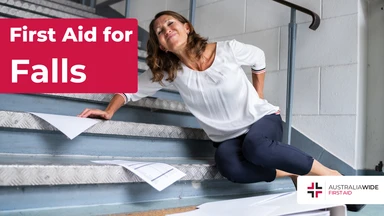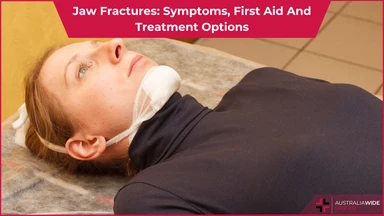First Aid Tips for Burns & Scalds


With temperatures cooling down over winter burns and scalds become more common
Our Melbourne first aid training team felt it was essential to publish a comprehensive first aid 101 for treating and preventing burns and scalds, with the increased risk of these occurring as families use heaters and hot showers to warm up from the chill.
By following the tips below, it can be the difference between someone living or dying if the burn they experience is life threatening.
Before you can learn how to treat a burn or scald, it’s important to be able to tell the two apart. Burns are defined as damage to your body tissues through heat, as a result of an excessive amount of electricity, chemicals or sun.
In contrast, scalds are tissue damage caused by hot water.
If you experience a superficial burn or scald, this will affect the outer layer of your skin, often causing it to be red, blistered and sore.
This varies from the appearance of a deep burn, which may be a mottled shade of red and white, as well as being quite painful and having blisters on the surface of the skin.
The most extreme type of burns, known as full thickness, cause damage all the way to the layer of fat under the skin. It can appear brown, white or even black, and has a leathery and dry feel to the touch. Even worse, a full thickness burn may damage or destroy your nerve cells, so you won’t feel a lot of pain.
There are a wide range of causes of burns or scalds. We’ve listed some of the most common causes below:

Before undertaking first aid on someone who has experienced a burn or scald, it’s crucial to initially remove the source of the burn.
If the burn involves fire, push them onto the ground and roll them until the fire goes out, or alternatively, if a fire blanket is available, cover them with a blanket to suffocate the flames. For someone who has received an electrical burn, always turn off the electricity if there’s a live current.
When it comes to chemical burns, remove the contaminated clothing and apply water to the affected area. If the chemical burn has been caused by dry chemicals, first brush off the chemicals before applying water to the area.
With all burns or scalds, it’s critical to run cool water over the skin for a minimum of 20 minutes to help stop the burn becoming worse. Never use ice on a burn, just water, and make sure to remove any clothing that’s near the burn. If there’s any clothing stuck to the burn, don’t remove this.
After running cool water on the burn, cover it with a light, non-stick dressing, avoiding materials that are fluffy. If plastic cling wrap is available, use this as it makes a great cover. For burns on the arms or legs, raise these up to help reduce any swelling.
Things to avoid when treating a burn include:
We recommend completing our first aid training in Melbourne to have a more comprehensive background in providing first aid treatment for burns and scalds.
It’s vital to call an ambulance or go directly to the emergency department if the burns victim experiences any of these symptoms.
If complications occur after a deep burn or scald it can lead to sepsis, a blood infection, scarring or even damage to bones or joints.
There are many ways you can help to prevent burns or scalds occurring in your home. Always keep hot liquids out of reach of children, don’t give them any hot food and keep pot or pan handles facing inwards on stoves.
Be careful when handling electrical items and make sure to unplug these after use. Keep smoke detectors in your home and have these tested regularly, as well as have a fire extinguisher installed.
Use protective clothing whenever you’re using chemicals. Also, keep your hot water system thermostat below 50 degrees to avoid scalding.
If you’re interested in completing Melbourne first aid training to better prepare you to treat burns, scalds and other emergencies, Australia Wide First Aid is the answer.
At Australia Wide First Aid we offer CPR and first aid courses with industry leading assessors for individuals or groups. Our courses can be tailored to your business needs and we specialise in workplace first aid training.

March 6, 2025
Falls are one of the most common causes of injury, particularly among children and older adults. Whether it’s a simple trip or a serious fall from height, knowing how to administer first aid can prevent further injury and, in some cases, save a life.

October 1, 2024
The musculoskeletal system is the foundation of human movement, support, and protection, playing a critical role in our ability to perform everyday tasks. Understanding the components and functions of the musculoskeletal system is essential for preventing injuries and managing conditions that may arise, particularly in workplaces where manual handling tasks are common.

August 28, 2024
A jaw fracture is a break or crack in the jawbone. This type of injury can occur due to various reasons and may result in considerable pain and difficulty in performing everyday activities like eating and speaking.